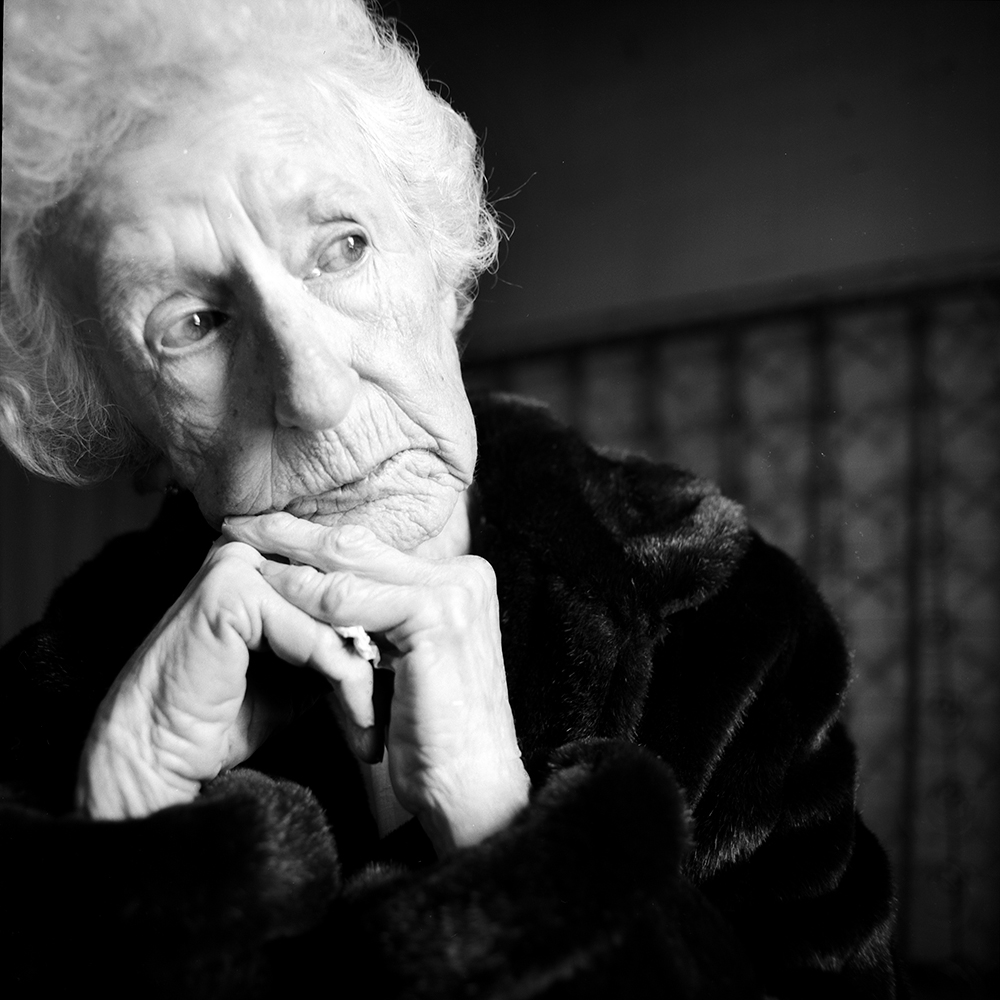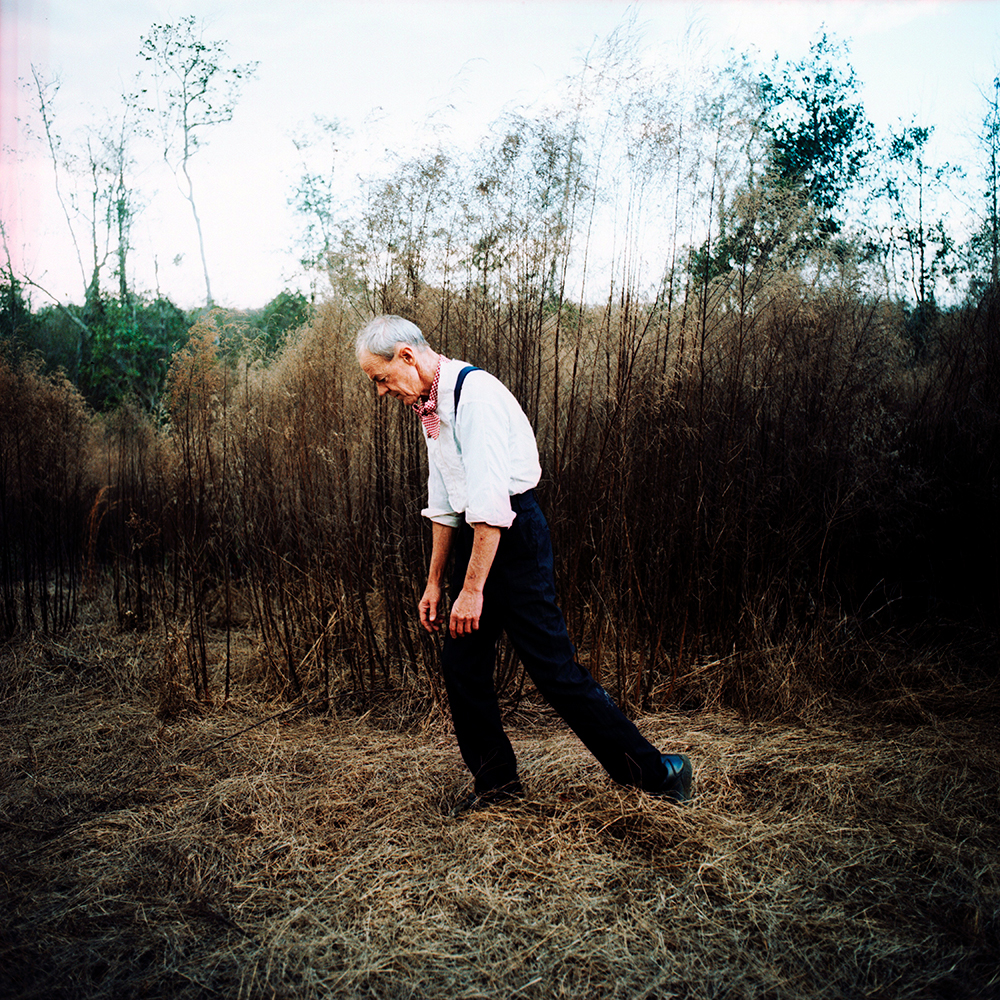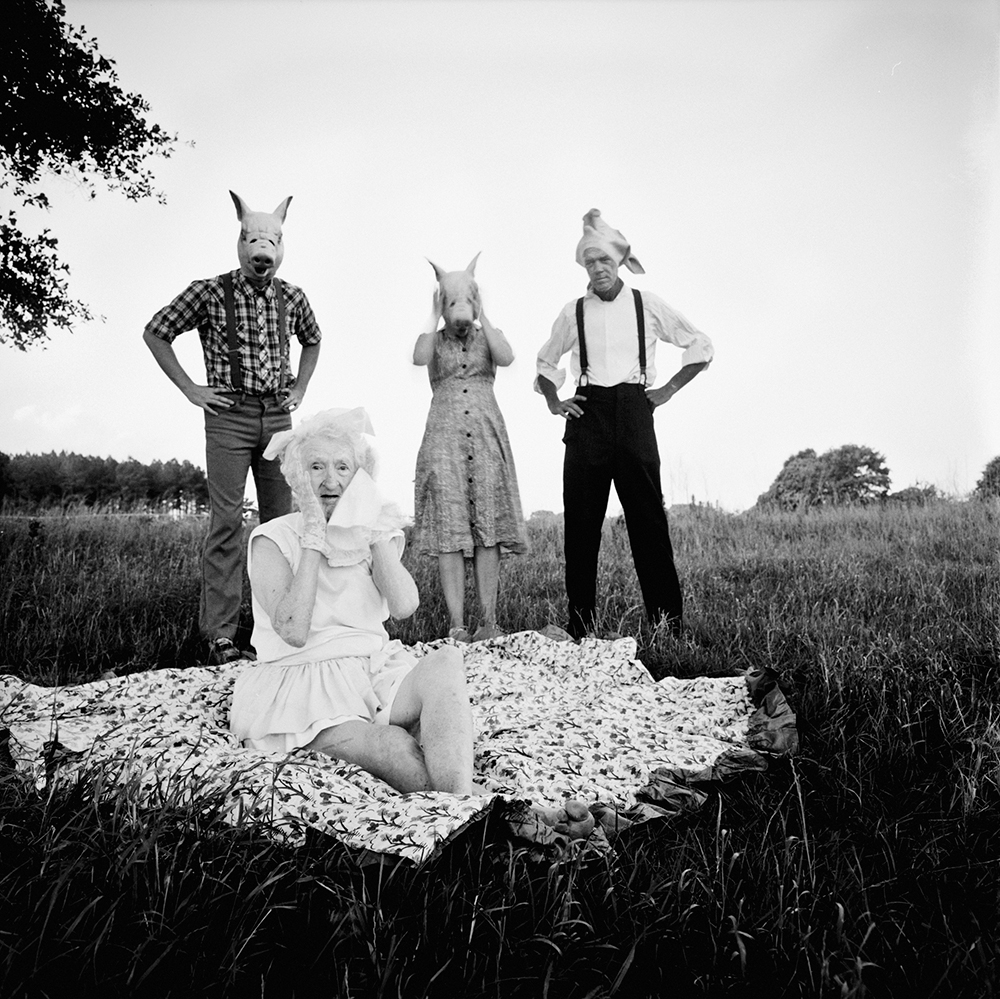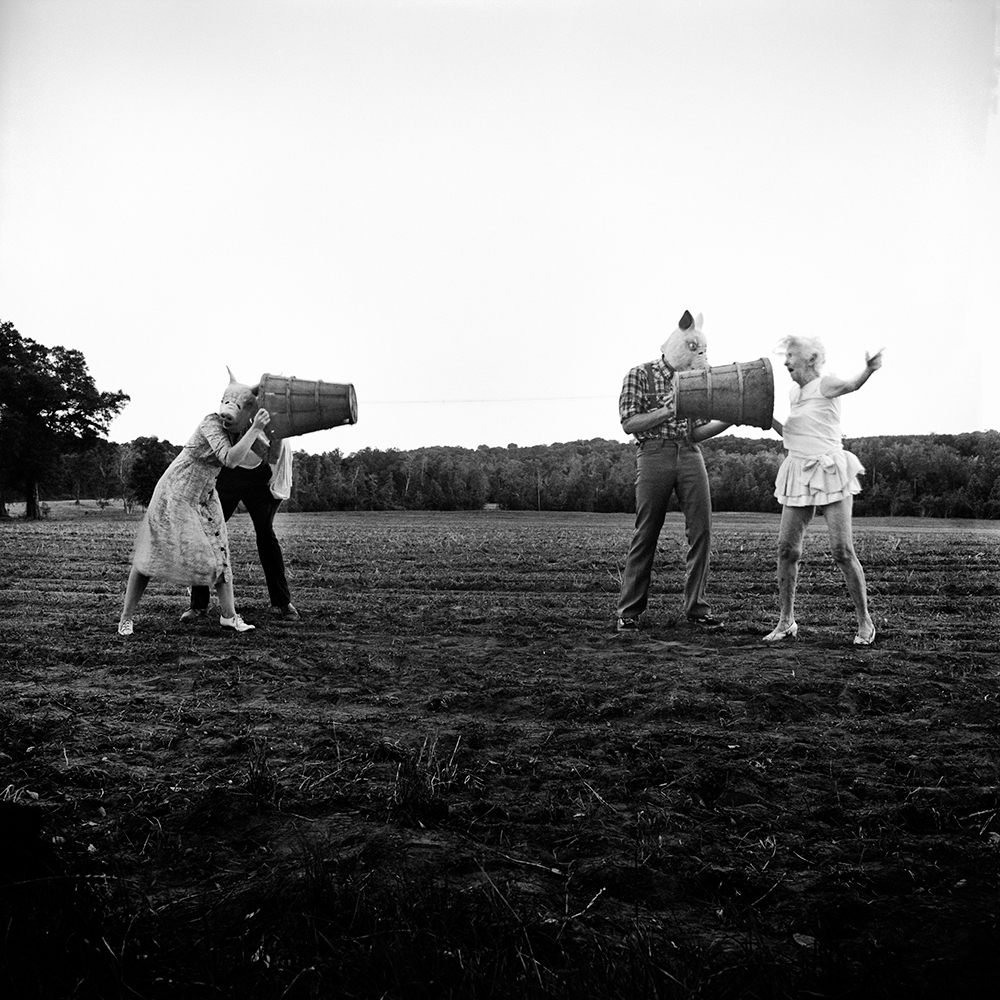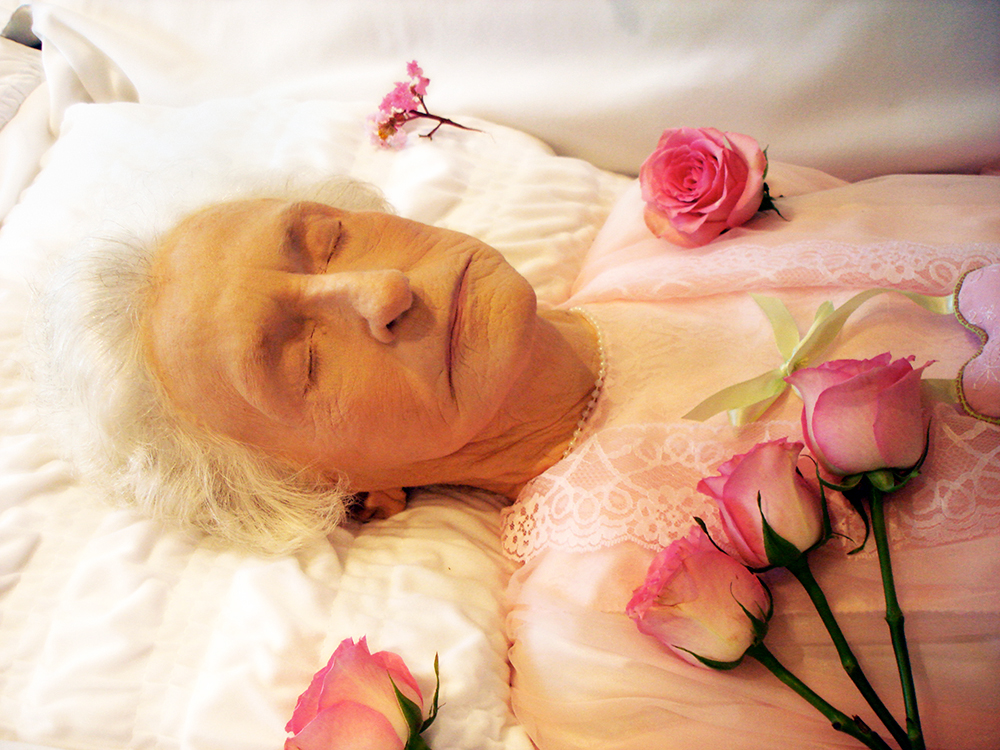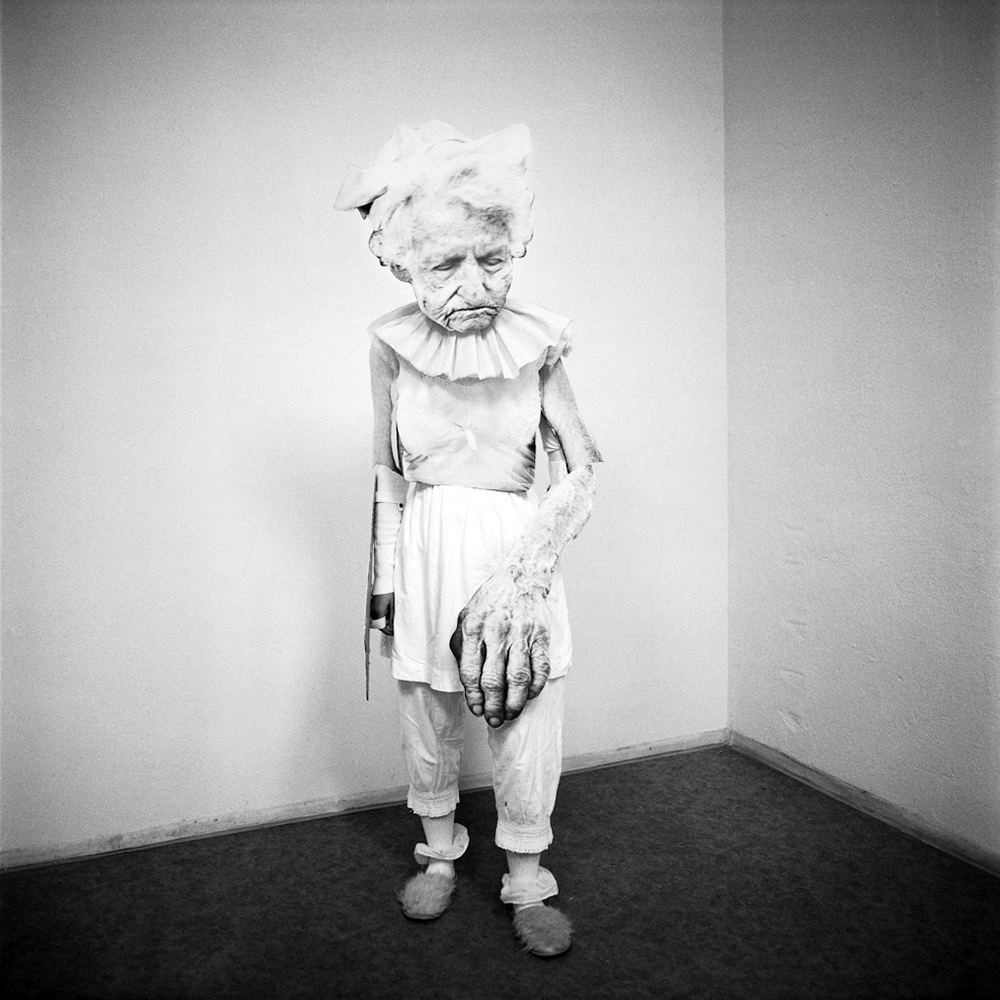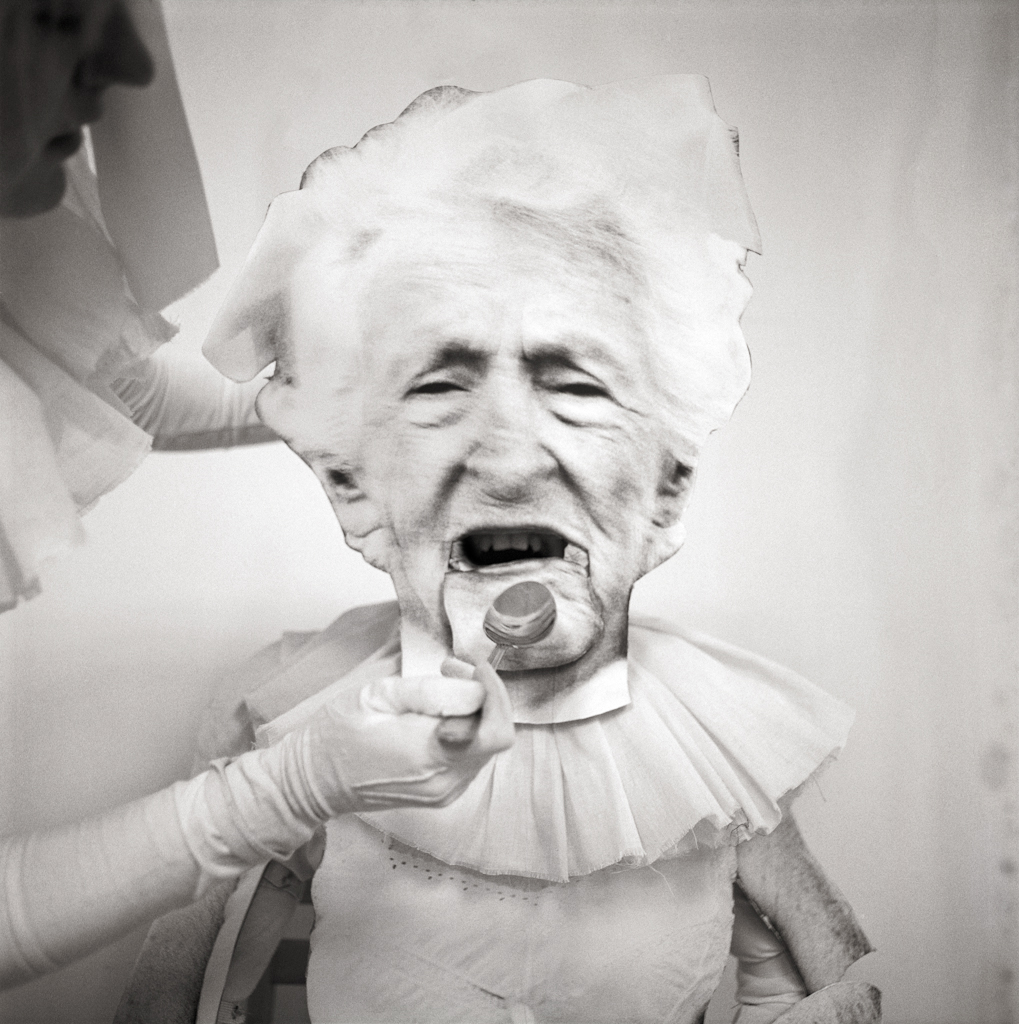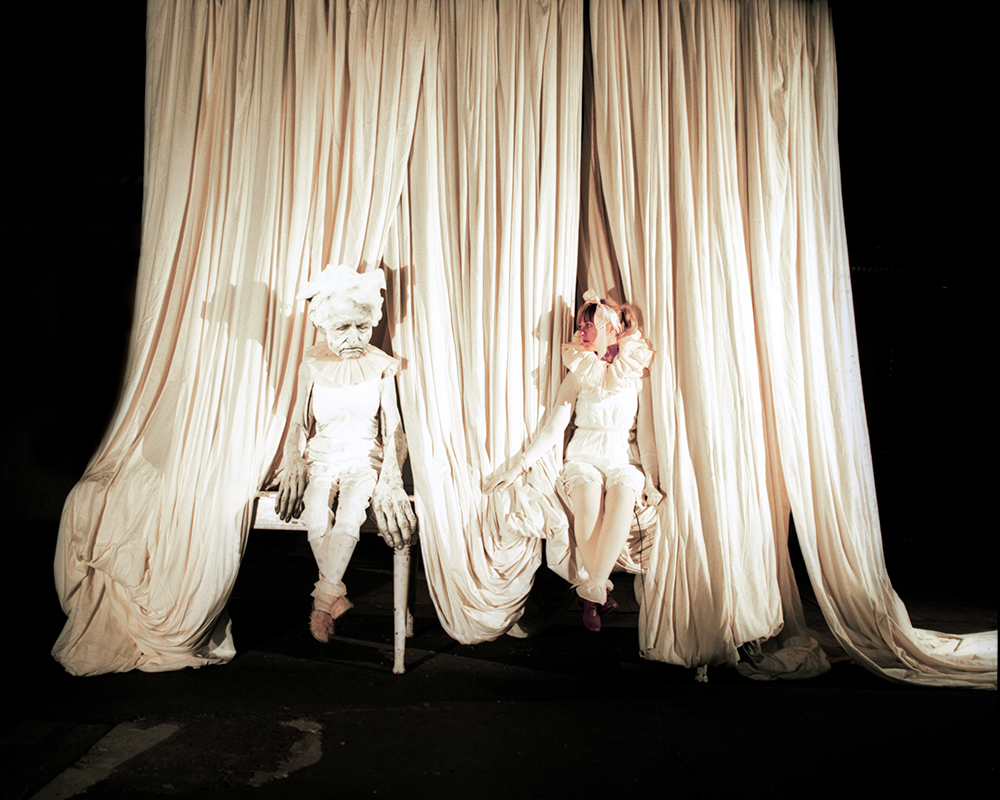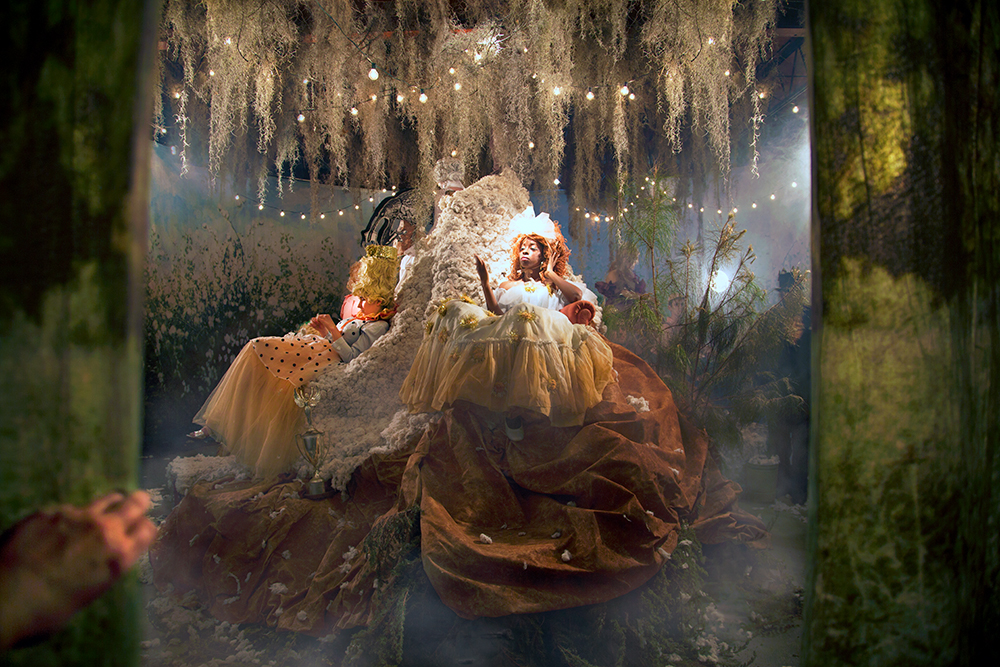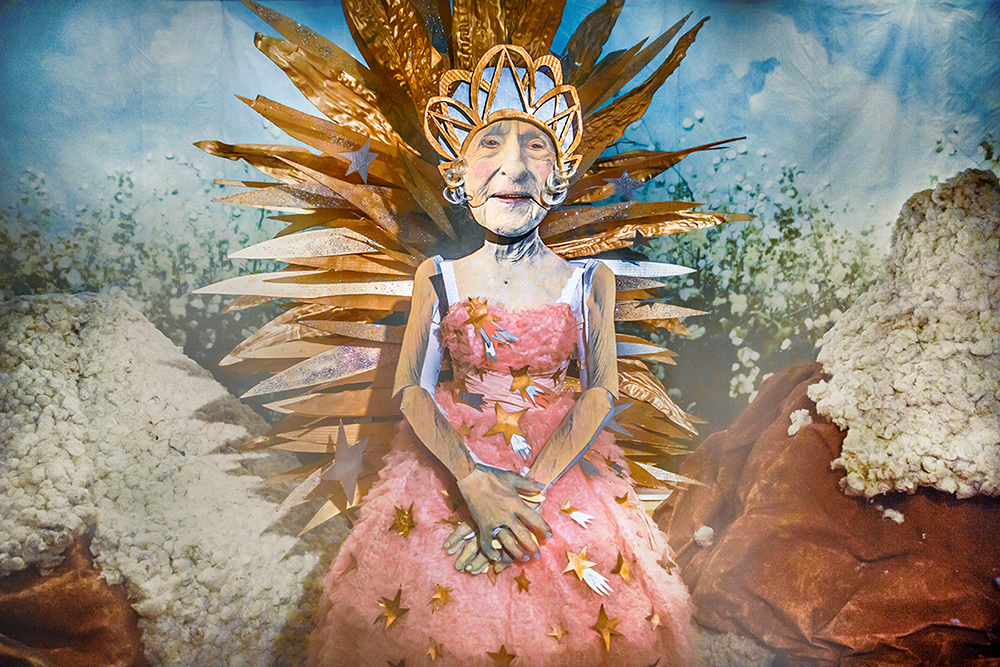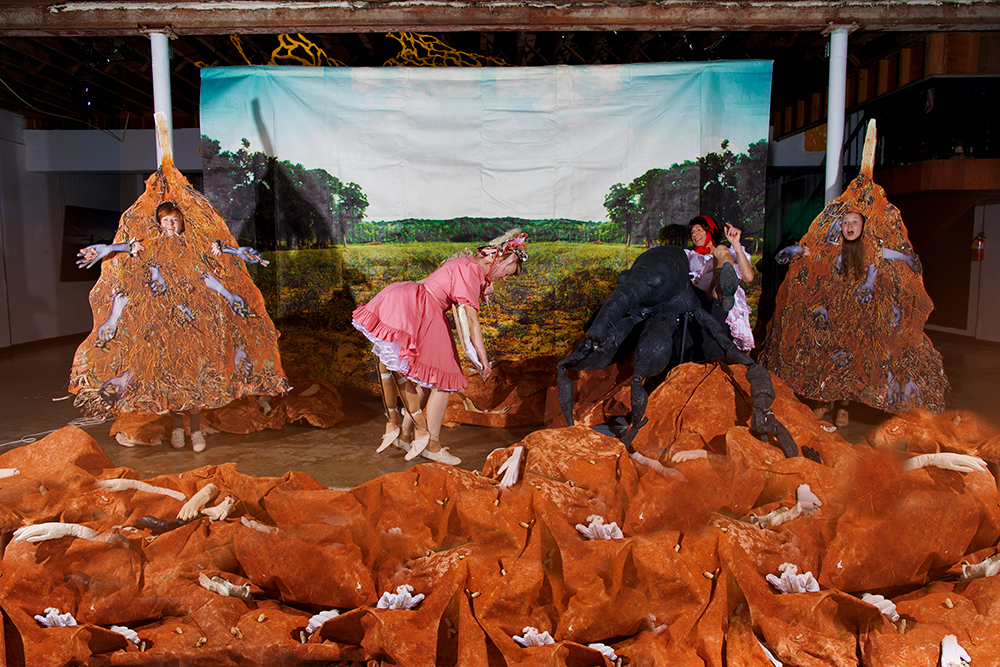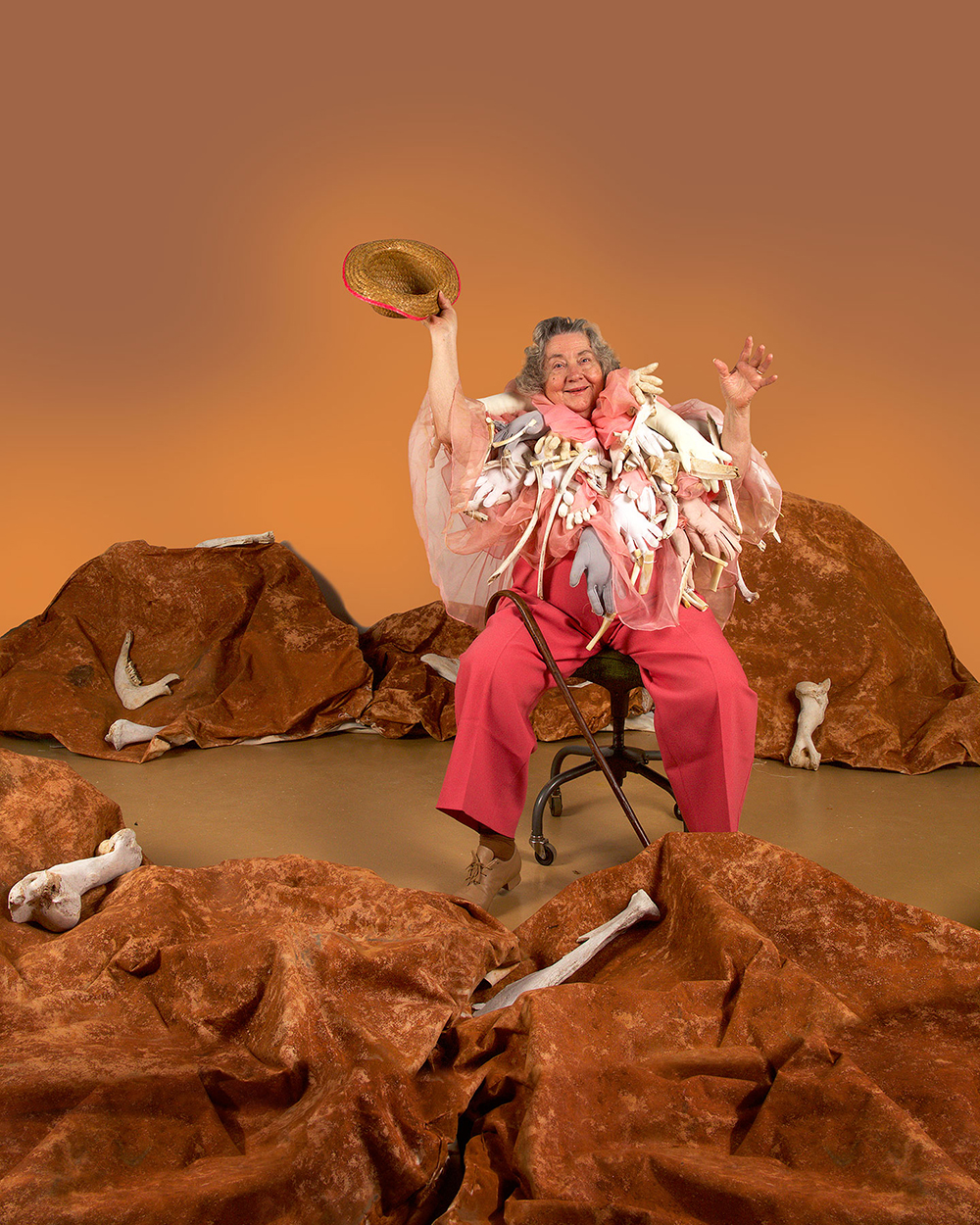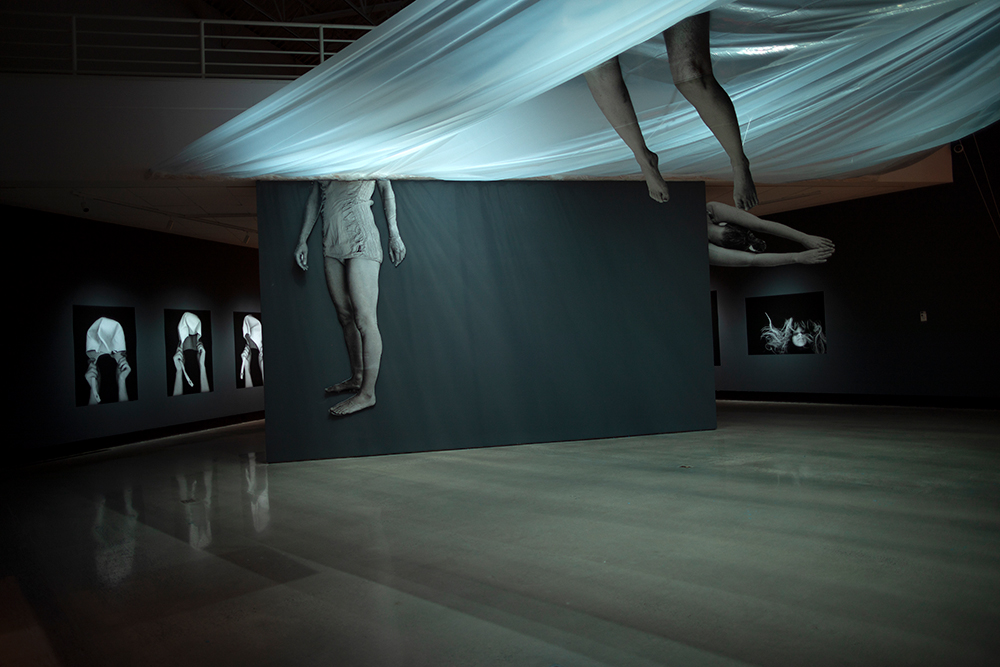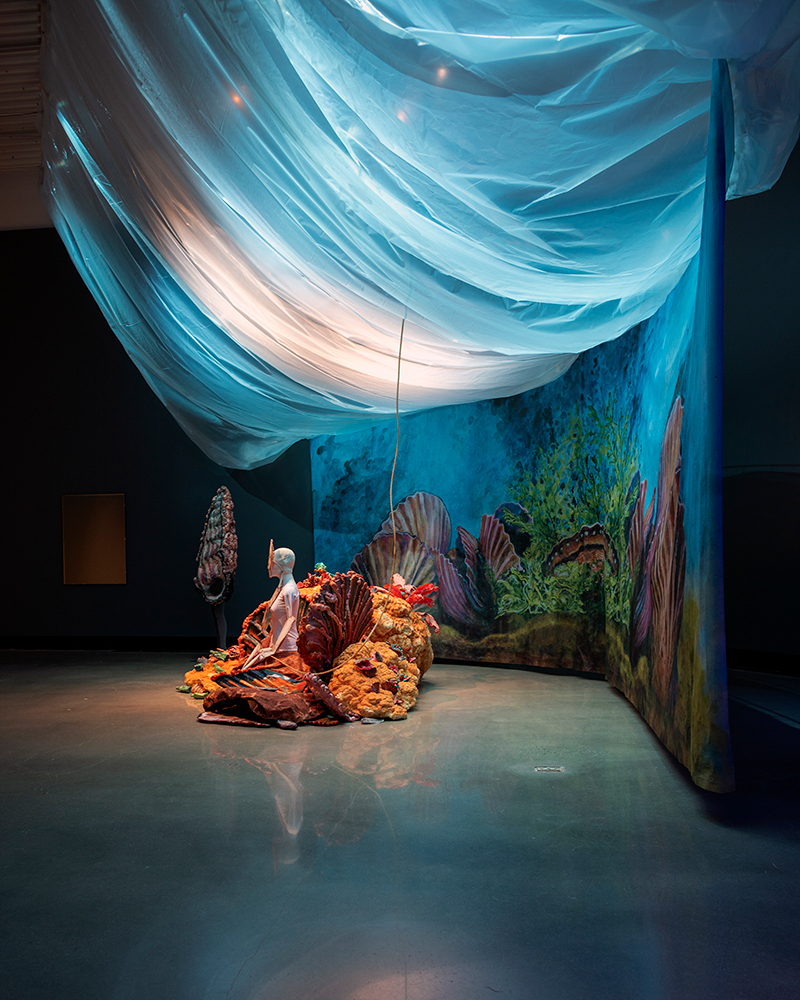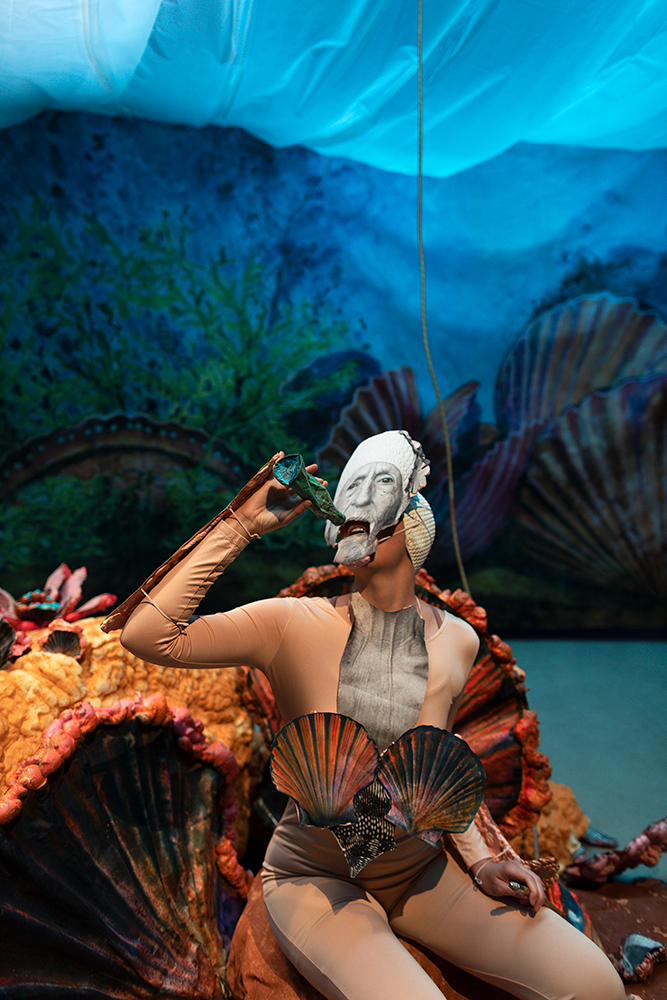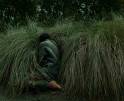Focus on Installation: Jenny Fine
Jenny Fine’s work speaks with a vulnerability and lushness steeped deep in the chronicles of her personal family history. Using photographs in conjunction with intricate installations and performances, Fine offers viewers a chance to immerse themselves in a marvelously thoughtful world of stories. While the tales told are rooted in the artist’s own experiences, there are universal themes that resonate throughout: nostalgia and remembrance, ruminations on place and its effects on identity, and the importance of community. An interview with the artist follows.
Jenny Fine (b. 1981, Enterprise, AL) is a visual artist and professor currently living and working in Alabama. Rooted in the photographic form, Fine’s practice employs time as material in an exploration of both personal and cultural memory, identity, and our shifting relationship to the photograph in our digital, image-saturated age. She received her M.F.A in photography at The Ohio State University (2010) and is currently exhibiting an immersive installation at Southeast Center for Contemporary Art, Winston-Salem, N.C.
Artist Statement
Through the lens of my camera, the landscape of the family farm and the interiors of our homes become a stage on which our costumed bodies perform identity. The camera functions as a tool that crops, flattens space, freezes time, and silences sound. Photography cuts out all that makes the world around us alive – then, in turn, is the photograph a kind of death? And if the photograph is a death – what, then, does it mean to regenerate an image or to wear it as a costume? My work is grounded in early (Victorian) sentiment around the photograph – a time when it was better to have an image of your dead child than no image at all. This is the starting point for the ‘stand-in’, the photograph as both presence and absence. My current work approaches photography from this history in order to explore our relationship to history.
My practice begins with the narrative. The stories I hear flicker on the theater screen of my mind. My first act of making is a performance for the camera, a reenactment, a way of fixing the mental images conjured by stories; rendering them visible and suspended on the surface of the film. My work attempts to “reverse the camera’s crop” by returning space, time, and animation to the latent image of memory. Through a cross-disciplinary approach, I create images and environments inspired by my rural southern landscape and my family’s stories. The resulting works are a surreal collision of the past and the present and straddle the line between fantasy and reality. In time, the photograph becomes a mirror held up for ourselves, for myself – as an investigation of place, the persistence of time, and the identity of my American South. By incorporating forms of installation, performance, storytelling, and regional cultural studies my work attempts to overlap the past and the present – placing the viewer inside the photograph, inside the story, not knowing fully what has come before or what might happen next.
I am motivated by an unfolding narrative that is only revealed to my conscious self in parts. As I look back on the work I have made, I discover characters emerging and chapters unfolding before me. The ineffable nature of this lived narrative is neither didactic nor linear. Instead it is so many threads and my weaving hands, tying them together: the photograph as time frozen, – the camera, a device capable of shapeshifting memory – and the story – as an apparition moving across time and space, resisting stillness and singularity. My work is to embody stories, to move them forward in resistance to the death a photograph may offer. —Jenny Fine
Take us back to the beginning. How did you come to photography and at what point did you begin to intervene as an artist, following a less traditional path?
My path towards photography began at twenty when I moved to China and taught Conversational English at a university in Wuhan. My mother, who has never traveled outside of the South nor ridden in an airplane – bought me a 35mm camera to record my trip. Having no easy entry into this new culture, it was through the camera that I was able to see, understand and relate to the world around me. The camera became a portal into another world – a cloak of invisibility – I could slip into and out of at any time – I was an outsider, but the camera helped me find my way to the familiar.
Returning home, I began taking photography courses. I was standing by the room-sized metal sink, the exhaust fan was churning, my hands were holding her image over the trays. It was then that I realized that in the dark, in pictures, I could do what life rarely allowed me to do. I could gaze at my sister. And she gazed back. We did not speak and for the first time, it felt like we saw each other. The photograph, then, became a way for me to perform tenderness.
Soon, a repeated subject became my ever-willing and available grandmother. Taking pictures was a way for us to spend time together. Having been a teacher for forty years, she understood the patience required by learning. Climbing into dilapidated buildings, she would sit for hours, as I would focus and compose the camera, read the light meter, and adjust the settings. All the while, she told stories. And in this way, my act of photographing became inextricably tied to her stories.
In spending time with your work, one encounters so many different articulations of creativity—photography is melded with everything from sculptures and textiles to costume design and performance. How are you thinking about photography’s role in relation to this other media? What does photography bring to the table, and how do other art forms pick up where photography leaves off?
The history of photography and its ability to mirror reality greatly inform my practice. The camera flattens the image, crops out the sensory experiences associated with that moment. My current photographic practice focuses on finding new forms that return space and time to the photograph. Relying on processes considered women’s work and the rural Southern tradition of making-do, I often work with found, excess, or upcycled materials. Red clay, hay string, and animal bones exhumed from my father’s farm become raw material for costumes and sculptures.
How has your multimedia practice changed your relationship to your subjects—your family, the landscapes you inhabit, your attachments to the American South, etc.? What is it like working from this personal, vulnerable space and making it available to others?
Making a shift to a more multimedia practice has demanded a different use of my time. Rather than finding a subject or directing the photograph, my current studio practice is creating and altering objects by hand for the photographic installations. This shift seems to be a relief for my family as, over time, they have grown weary of the demand of my ever-present lens.
In many ways, I am embarrassed to tell stories about myself. I’m not that important of a person and can become quite self-conscious in that kind of spotlight. My practice forces me into the vulnerable spotlight as the impetus for community exchange and truth-telling. The work, for me, is really about asking questions, and, naturally, those questions begin with the self – but eventually, one must look outward to the world around themselves. This outward-looking is the current direction my work is attempting to navigate.
What is one of your favorite reactions that someone has had to your work?
I just finished installing Synchronized Swimmers, an immersive installation at Southeast Center for Contemporary Arts in Winston-Salem, N.C. that is on view through May 30. The exhibition travels and evolves. Therefore, I view the work in its current form simultaneously with the viewer. The opening for Synchronized Swimmers was no different. I entered into the gallery, preoccupied, behind one of the performers. Scanning the entrance gallery to make sure everything was just so, I noticed a young couple pushing a stroller – a pram to be exact, that appeared empty. I later guessed because the baby was lying down. I went about my work with the performers, tending the fog machines; and attempting to capture and record what I could through the camera.
Half an hour had passed. The first shift of dancers exited the installation. I was able to look up. Circling back through the galleries was the same young couple with the pram. However, this time, the parents strolled through the installation. Beaming from behind the pram, they pointed at the baby. He was not yet old enough to walk but was able to pull himself up – to the bow of that strolling ship. Arms extended, pushing his body over the safety bar; his eyes were perfect circles. His mouth; gaping open. He was in it. The proud parents confirmed with smiles and thumbs up to each person they passed. I’m convinced if the fog machines had not been running, you could have seen smoke coming from his ears. He had transported to the bottom of the ocean. And maybe he is too young, but I like to think that one day down the road, the memory of Synchronized Swimmers will return to him.
What are the challenges of working with such complex installations?
One challenge with installation art is due to the size of the work, the complete installation never exists outside of my head until on exhibit. And for that reason, more often than not, the audience sees the work for the first time, simultaneously, with me, which is a hugely vulnerable place for me. By opening up the work to be embodied by local trained and untrained performers, I further the image to chance through collaboration. Each performer embodies and animates the costumes in their way, which keeps the project evolving.
I have learned that with live performance, the work is always at the mercy of the moment. With still photography, the image’s inception is also at the mercy of the moment. However, with recorded time, I can edit out the aspects that do not fit my concept. With the still image, I can curate the moment. With live time – everything is on display for the viewer. Therefore, the work becomes about the viewer’s willingness to suspend disbelief and the difference between a narrative and a lived experience.
Do you create work for a particular space?
I create work to conjure a specific mental space. In preparation for a show, I will do a site visit to get a sense of the structure, interior space, and lighting. I work with floorplans and tech staff to adjust and customize the artwork for their institution’s galleries. However, the work up to this point is not site-specific. That is a journey I would love to go on, creating work for and in response to a specific, historic location. My current approach is to transform found, upcycled materials into collapsible forms that, like a circus tent, can contract for travel and expand in different locations.
What is your dream venue to exhibit work?
My dream venue supports and believes in artists and the vision for their work. My dream venue would be well-staffed, well-funded, and pay all artists and collaborators for their creative intellectual property. My dream venue would push the work to its fullest potential; beyond what the artist can do alone. My dream venue would look for opportunities to give power, heightened inclusivity in their community. My dream venue would offer artists the ability to grow their work, and their practice, through new threads of connection. My dream venue would fully fund the creation of the work, fund travel, and exhibition of the work. My dream venue would bring members of their community together to speak about connections and aspects of the work concerning the hosting community.
My current immersive installation, Synchronized Swimmers, is on view through May 30 at Southeast Center for Contemporary Art in Winston-Salem, N.C. This project was originally commissioned and exhibited at Wiregrass Museum of Art in Dothan, Alabama, and will travel to Alabama Contemporary Art Center in Mobile, Alabama in Summer 2021.
Website: www.jennyfine.com
Instagram: @fannieamericus
Posts on Lenscratch may not be reproduced without the permission of the Lenscratch staff and the photographer.
Recommended
-
Aaron Rothman: The SierraDecember 18th, 2025
-
Gadisse Lee: Self-PortraitsDecember 16th, 2025
-
Scott Offen: GraceDecember 12th, 2025
-
Izabella Demavlys: Without A Face | Richards Family PrizeDecember 11th, 2025
-
2025 What I’m Thankful For Exhibition: Part 2November 27th, 2025

